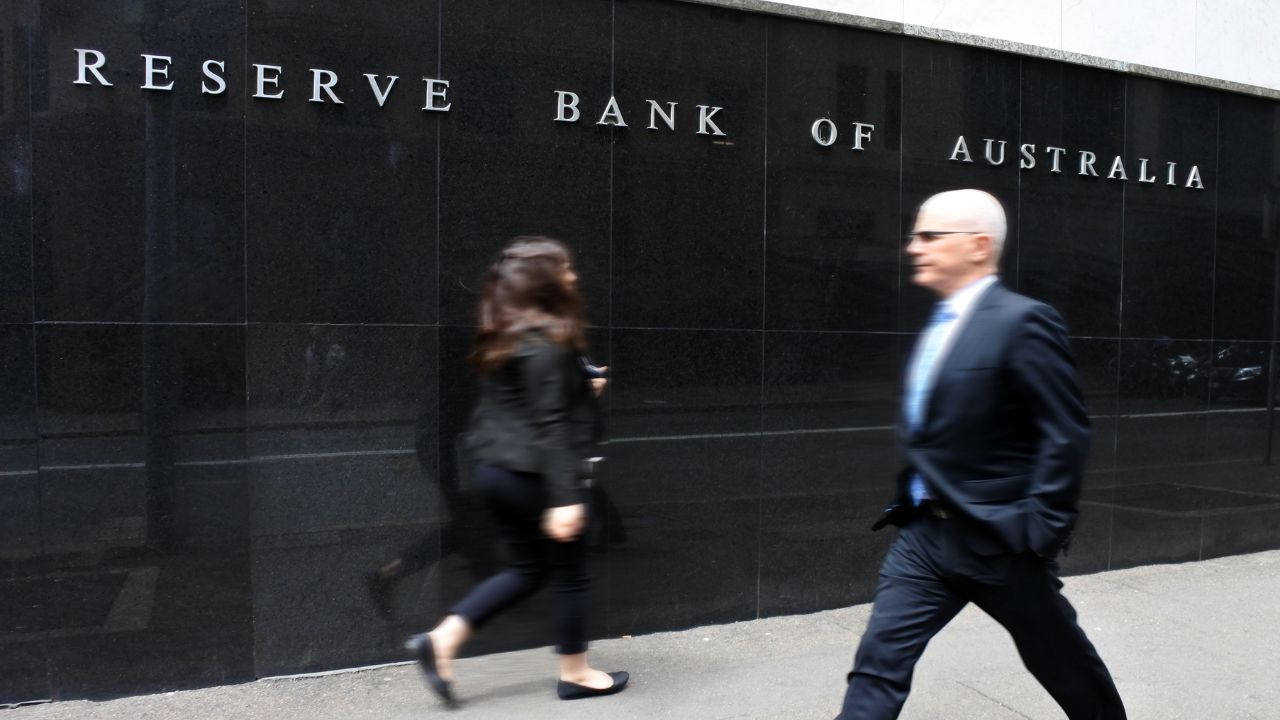Involving insights from 41 leading experts, the survey found that the overwhelming majority expect the RBA to cut the cash rate on Tuesday, with 94% of those forecasting a 25 basis point cut and a small minority (6%) expecting a more aggressive 50 basis point drop.
“With a February cut and now one expected in May, homeowners might finally start to feel tangible relief,” said Graham Cooke, Head of Consumer Research at Finder.
“Our experts are predicting several more cuts later this year, and we could be looking at a cash rate of close to 3% by Christmas.”
Mr Cooke added that any rate reduction offers an opportunity for borrowers to get ahead.
“With any rate cut, if you can continue making the same payment each month, you will knock more off the principal and pay less interest over the long run.”
A clear majority of the panel expect more than one rate cut this year. In fact, 3 in 4 experts (75%) forecast two or more cuts in the next 12 months, with over half (56%) predicting additional cuts in July and August.
David Robertson of Bendigo Bank is anticipating a May rate cut of 25 basis points, but said more could be done.
“I expect the RBA to cut rates by another 25 basis points on May 20, with some risk of a larger cut (35 bp would be ideal), but in the absence of a sudden sharper downturn in global conditions a 50bp cut appears unlikely.”
Sean Langcake of Oxford Economics Australia also expects easing, citing global uncertainty and a declining inflation outlook.
“News from abroad on the tariff front has improved. But the economy will still need to weather a sizable ‘uncertainty shock’ through Q2 at least. With upside inflation risks dissipating, the RBA can afford to lend the economy some more support.”
Still, not all economists agree. A minority (12%, 5 out of 41) anticipate the RBA will hold the cash rate steady. Among them, Malcolm Wood of Ord Minnett pointed to wage pressures.
“The labour market remains tight, driving above trend wages growth. With no productivity growth, this puts unit labour costs above the RBA’s inflation target.”
Housing targets under scrutiny
Beyond interest rates, Finder also asked its panel about the federal government’s housing target.
The Labor government’s plan to build 1.2 million new homes by 2029 was met with scepticism: 89% of respondents believe it will not be achieved.
Stella Huangfu from the University of Sydney said the target is unlikely due to persistent supply-side issues: “There are too many structural barriers – including shortages of labour and materials, slow planning approvals, and the high cost of construction – that make [hitting the 1.2 million house target] unlikely at the current pace.”
Despite doubts about feasibility, a majority (68%) agree that hitting the target would improve housing affordability. Only 11% believe the goal will be met and lead to better affordability outcomes.
Mr Cooke noted the importance of addressing housing supply.
“We are at a supply deficit that is affecting renters and those looking to get on the property ladder. While economists seem doubtful, it will be interesting to see if Labor can keep this promise.”
What it means for agents
The prospect of multiple rate cuts combined with persistent doubts over new housing supply creates both opportunity and urgency for real estate professionals.
Lower borrowing costs may stimulate demand, but limited new supply will likely keep competition high in key markets.
As inflation moderates and the cash rate outlook softens, agencies and advisors may need to prepare for a shift in buyer sentiment, especially among first-home buyers and investors seeking more favourable lending conditions in the second half of 2025.

